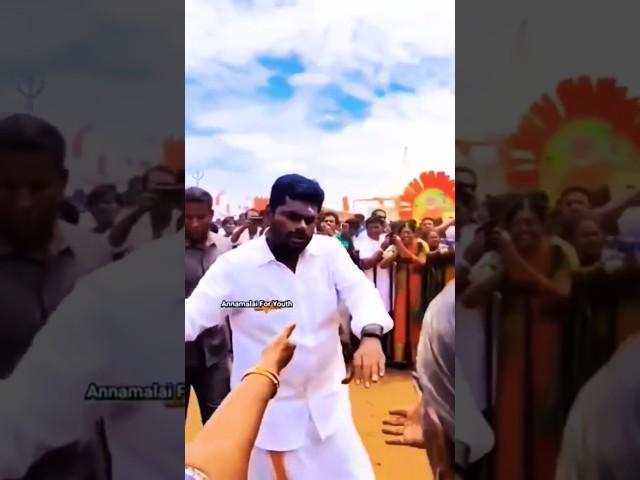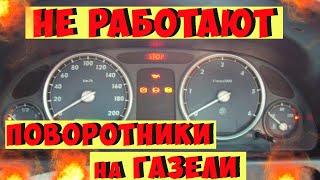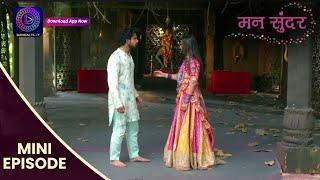
Annamalai K short Trending Vettaiyan Bgm #Annamalai #trending #trendingnow #bjp #viralvideo #viral
Комментарии:

A selfless rising Sanatani Leader. Keep it up Anamalai ji
Ответить
தலைவா!
உன் வருகைக்காக வெறித்தன
Waiting

Forms of Government
Government is the main agency of the state. It comprises of several members belonging to political and administrative wings. It serves as the instrument for delegation and execution of the state policies for the welfare of the people. It formulates, expresses and realises the will of the state. It exercises certain legislative, executive and judicial powers based on the constitution and the laws. There are three organs in government, namely - Legislature, Executive and Judiciary. These organs carry out the activities of the state. Governments are classified into unitary, federal, parliamentary and presidential forms.
Government refers to the executive functions of the state. It denotes a body having authority to make and enforce laws applicable to the civil, corporate, religious, academic or other groups.
Unitary features of the Indian constitution :
1. Strong Centre
2. Central Government's control over state territory
3. Single Constitution
4. Flexibility of the Constitution
5. Unequal representation of states
6. Emergency Provisions
7. Single Citizenship
8. Single Integrated Judiciary
9. All India Services
10. Appointment of Governor by the central government
Parliamentary form of government
Modern democratic governments are classified into parliamentary and presidential on the basis of the nature of relations between the executive and the legislative organs of the government.
The parliamentary system of government is the one in which the executive is responsible to the legislature for its policies and acts.
The parliamentary government is also known as cabinet government or responsible government or Westminster model of government and is prevalent in Britain, Japan, Canada and India among others.
Features of parliamentary form of government
* Nominal and Real Executives
* Majority Party Rule
* Collective Responsibility
* Dual Membership
* Leadership of Prime Minister
Merits of the parliamentary form of government
* Harmony between Legislative and Executive
* Responsible Government
* Prevents Dictatorship
* Wide Representation
Demerits of the parliamentary form of government
* Unstable Government
* No Continuity of Policies
* Dictatorship of the Cabinet
* Against Separation of Powers
Parliamentary Form of Government
* Prime Minister is from the majority party
* Central Legislature is supreme
* Absence of Separation Powers Centralisation
* Independent branches with Overlapping functions
* President - Head of the state
* Prime Minister - Head of the Government
* Collective leadership
* Collective and Individual Responsibility
The relationship between the Centre and the State in India :
India is a union of States where the power is shared between the centre and the states, as per the procedures mentioned in the Constitution of India. Though the powers are shared between the Central and State Governments, the final decision is by the Central government in all matters. The relationship between the centre and the states are
1. Legislative relations ( Articles 245 - 255 )
2. Administrative relations ( Articles 256 - 263 )
3. Financial relations ( Articles 268 - 293 )
Both the Central and State governments have the power to make laws, but the matter differ. The centre make laws applicable to the whole nation on certain matters called as the union list. The States have the powers to make laws in some matters only, applicable to their own state, called as the State list.
The concurrent list includes the subjects on which both Central and State government have the power to make laws.
Union List :
Union List has 100 subjects. These include Foreign affairs, Defence, Armed forces, Posts and Telegraphs, inter-state trade and commerce and so on.
State List :
The state list consists of 61 subjects, which include Public order in the state, police, prisons, Local Governments, agriculture and so on.
Concurrent List :
The Concurrent list has 52 subjects which include Criminal and civil procedures, marriage and divorce, economic and special planning, newspapers, books and printing presses, population control and so on.
Government refers to the executive function of the state. Governance is the process of decision making and the process by which they are implemented.
- 9th standard

❤❤❤❤❤❤❤❤❤❤❤❤❤❤❤❤❤❤❤❤❤❤❤❤❤
Ответить
Annamalai ji worthy successor of modi ji, BJP future prime ministerial candidate annamalai ji
Ответить
We true idians ❤❤ boss 1 & 2❤
Ответить

























